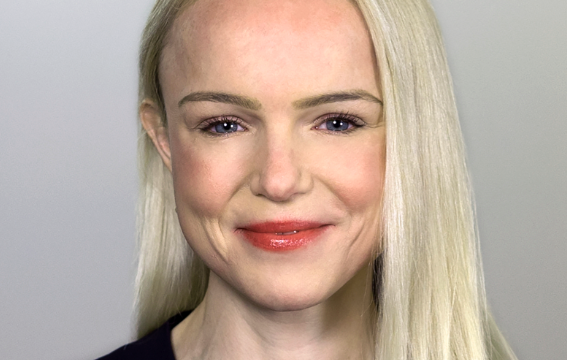Erin Browne, UBS Asset Management
“In high volatility environments, it’s typically the risk-averse assets that outperform, such as fixed income,” she said in a recent media briefing in Hong Kong.
On the flipside, higher risk assets, such as global and emerging market equities, outperform in low volatility environments.
Browne expects that the low volatility in financial markets will continue next year on the back of lower economic volatility, which she believes is supported by rising global GDPs, as well as accommodative global central banking policies.
“In 2012, 17.5% of global economies had negative GDPs. Now, it’s about 3.5%,” she said. According to her analysis, by 2021 only 1.5% of the global economy will be delivering negative GDP growth.
In addition, although the US Fed has started to unwind its balance sheet, the ECB, the Bank of Japan and others in the aggregate will still be buyers of risk assets, she added.
“This should continue to keep monetary conditions quite robust across the world next year.”
Equities vs bonds
Investors, however, are still concerned about the high valuations of equities. But when compared to fixed income, the asset class is still expected to return more, according to Browne.
“What is more important is if you put this into context on a global cross-asset basis, you can see that valuations in the equity arena are still yielding more significantly than bonds.”
She also noted that for US valuations, investors should look at the stocks and sectors individually rather than looking at the asset class as a whole.
The composition of the S&P 500 is much different from years ago, she explained. Around 25% of the index is composed of technology companies, which tend to trade at a much higher price-to-earnings than other sectors. In 1980, energy was the highest contributor in the index, which now trades much lower than the technology sector.
However, the firm favours European, Japan and emerging market equities over the US, UK, Switzerland and Australia.
“You are starting to see in the beginning of 2017 a real inflection point in the trailing earnings for European equities. This is really being driven by accommodative central bank policy coming out of the ECB, which we think will remain into the end of next year.”
For emerging markets, she said that their valuations are more attractive compared to the rest of the world and expects that the US dollar will continue to weaken until the latter half of next year, which is positive for emerging market equities.
Although the firm prefers equities over fixed income, investors may find interesting opportunities in emerging market debt both in both local and hard currencies relative to US fixed income, she noted.

















